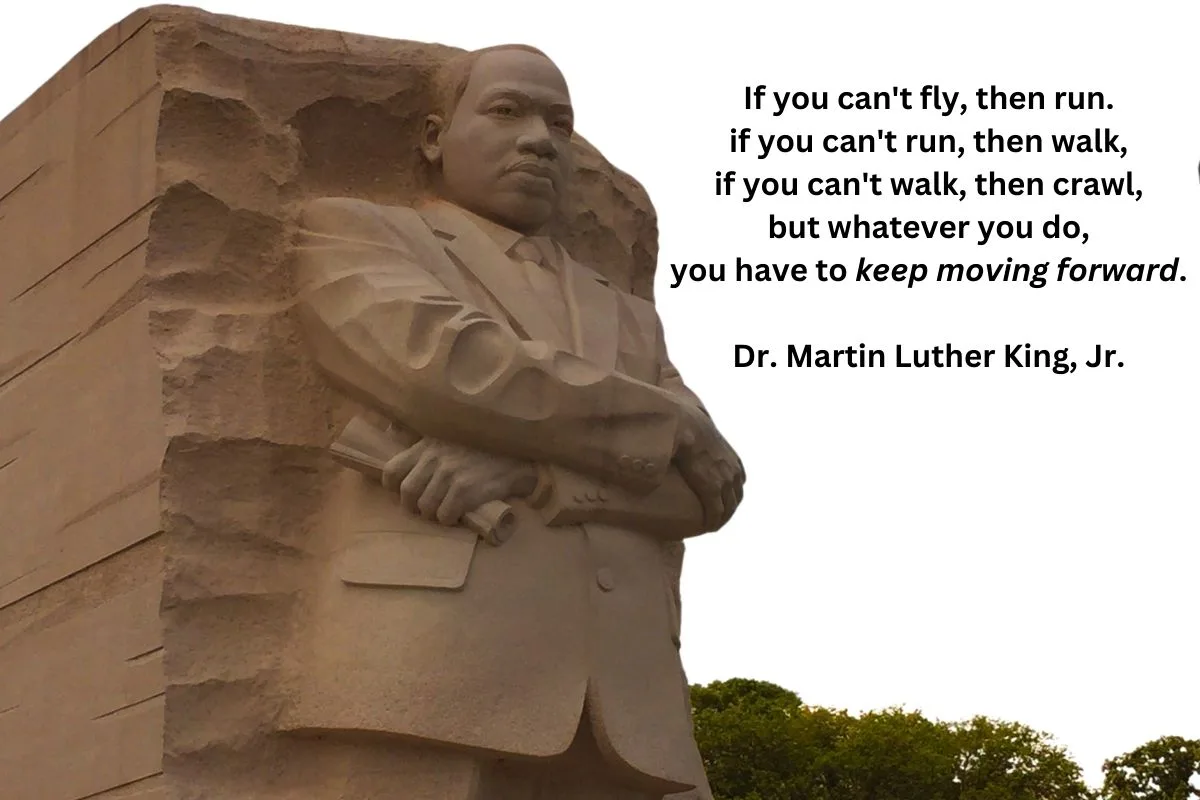By Matt Wrye:
Big K vs. Little k has different meanings depending on what you are talking about. In baseball, big K means you struck out looking and little k means you struck out swinging (some use a forward k or a backward k too). But in implementing lean thinking, my colleagues and I have used it to refer to the different types of thinking regarding continuous improvement.
‘Big K' kaizen refers to the type of continuous improvement where everyone improves their work everyday. Every employee is working to drive waste out of their work in order to improve the business on a daily basis. This is the ideal state of lean that we would like to achieve.
While ‘Big K' kaizen is a great future state, most companies starting a lean transformation do not have much employee engagement. This is where ‘Little k' kaizen can help. ‘Little k' kaizen is what most people refer to as a kaizen event. An organized event where a cross functional team including people from the process, suppliers of the process, and customers of the process are sequestered, typically a week, to work on improving the process.
Most organizations have not had much employee engagement in the past. This is usually due to many reasons that usually can be placed back on the shoulders of leadership. The event based ‘Little k' kaizen allows a way to kick start the employee engagement by gathering employees together to work on improving a process. The key is to listen to the employees and let them implement their ideas with leaderships support. ‘Little k' kaizen is not a forum to push management ideas out onto the employees and have them execute it.
I have seem the ‘Little k' kaizen process be very successful as I have helped organizations kick start the employee engagement. The pitfall is treating ‘Little k” kaizen like it is the same as ‘Big K' kaizen. Most organizations are so happy with the ‘Little k' kaizen process results and the employee engagement from the event that they plan more of them. They continue to get these great results and before you know it they set a goal to have X amount of ‘Little k' kaizen events per year.
The events are not what are important. It is engaging the employees in problem solving. The trick is to know your culture and build on the momentum from the ‘Little k' kaizen event. As leaders we must continue to engage our employees after the ‘Little k' kaizen event and push them to make changes to improve the process as they come up with the ideas every single day, this is ‘Big K' kaizen. Don't wait until the next ‘Little k' kaizen event. When employees are looking for ways to improve the process everyday and not waiting for the next event or management to make the changes, then you are getting to true ‘Big K' kaizen. It isn't easy, but it is well worth it when it happens.
Subscribe via RSS | Lean Blog Main Page | Podcast | Twitter @markgraban
What do you think? Please scroll down (or click) to post a comment. Or please share the post with your thoughts on LinkedIn – and follow me or connect with me there.
Did you like this post? Make sure you don't miss a post or podcast — Subscribe to get notified about posts via email daily or weekly.
Check out my latest book, The Mistakes That Make Us: Cultivating a Culture of Learning and Innovation:










Thank you for the great info! I followed a link from Twitter to your "Big K, Little k" posting. It's better to start improving somewhere, sometime, rather than not at all! I like your blog and added it to "My Favorite Blogs" on http://drlorraine.blogspot.com/.
http://twitter.com/DoctorLorraine
Mark;
You're right on with the key word being "engage." I've often seen lean leaders start initiatives without assessing the current culture. At one plant they wanted to start with little "k" before they even understood what "k" truly meant. It was a huge failure. By engaging thoughts focused on eliminating the 8 major wastes in Gemba walks, the same area is now a huge success. It is not always how we engage but the fact that we truly engage that provides the benefits. Great post.
Thanks, Rick — it's our guest blogger Matt Wyre who is right!
Dr. Haataia – welcome to the blog. You're right, it's better to start somewhere instead of doing nothing (lean people tend to have a "bias for action"), but organizations find they have to move beyond "little k" kaizen eventually to more of a true continuous improvement culture (Every person, Every day).
Mark
"’Little k’ kaizen is not a forum to push management ideas out onto the employees and have them execute it." Excellent point and an easy trap for some leaders. Great post Matt!
Matt:
This question was at the core of our planning session on employee development this morning! Good timing!
I see "little k" (events based approach) as training and change at the same time. An opportunity to teach principles and methods and tools "just in time" and then put them to use. A chance to throw some people together and practice teamwork in a highly structured setting. But clearly, as you indicate, just the begining. Our two focus areas for employee development are 1) developing a leadership team that will be receptive to problem identification and prepared to respond with support and appropriate teaching when problems are identified, and 2) a workforce that doesn't walk past or pass along problems. Using events for training and initial momentum for change lays the ground work. Everyday kaizen is the desired end state!